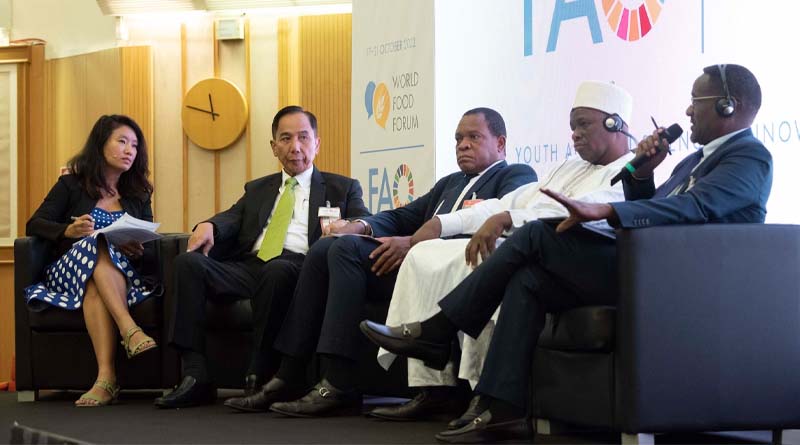Here’s why hybrid work means more stress for women

- Stress and burnout are at “alarming levels”, according to a new report from Deloitte.
- A third of women surveyed have taken time off in the past year due to mental health issues.
- Flexible working is only available to 33% of women – and 60% say hybrid working makes them feel left out.
- Inclusive employers with flexible work policies are more likely to attract and retain women, say the report’s authors.
Burnout and stress among women at work has reached “alarming levels”, warns a new report. Women @ Work 2022: a global perspective is a survey of 5,000 working women in 10 countries by professional services firm Deloitte Global.
It reveals that 53% of women report higher levels of stress than a year ago, while 46% of women report feeling exhausted. It’s the biggest driving factor behind four in 10 women currently looking for a new job, according to Deloitte.
Women on sick leave
A third of women have taken leave due to mental health issues – with only around four in 10 believing they can discuss it in the workplace.
COVID-19 and changes in the world of work have driven “career and life decisions” for many women. “For some, this has resulted in the search for new, more flexible ways of working,” explain the authors.
Others have left their jobs or the labor force altogether.
Only 10% of women say they intend to stay with their current employer for more than five years.
Hybrid Work Challenges
Only a third of women (33%) say their employer offers flexible working policies. More than 90% fear that this request will affect their prospects for promotion. This is “disturbing”, according to the authors.
Hybrid working also made 60% of women surveyed feel left out of important meetings.
Other findings of the report include a 52% to 59% increase in the number of women experiencing workplace harassment or microaggressions in 2021. This includes unwanted physical advances, repeated derogatory comments, talking or patronizing . For LGBT+ and ethnic minority women, the incidences are higher.
The World Economic Forum has been measuring gender gaps since 2006 in the annual Global Gender Gap Report.
The Global Gender Gap Report tracks progress in closing gender gaps at the national level. To turn this information into concrete actions and national progress, we have developed the Closing the Gender Gap Accelerators model for public-private collaboration.
These accelerators were convened in ten countries from three regions. Accelerators are established in Argentina, Chile, Colombia, Costa Rica, Dominican Republic and Panama in partnership with the Inter-American Development Bank in Latin America and the Caribbean, Egypt and Jordan in the Middle East and North Africa, and Kazakhstan in Central Asia.
All National Accelerators, as well as Knowledge Partner countries demonstrating global leadership in closing gender gaps, are part of a larger ecosystem, the Global Learning Network, which facilitates the exchange of ideas and knowledge. experiences via the Forum platform.
In 2019, Egypt became the first country in the Middle East and Africa to launch a Closing the Gender Gap Accelerator. While more women than men are now enrolled in university, women make up just over a third of professional and technical workers in Egypt. Women in the labor force are also less likely to be paid the same as their male colleagues for equivalent work or to move into leadership positions.
In these countries, CEOs and ministers work together over a three-year period on policies that help to further reduce the economic gender gaps in their countries. This includes extended parental leave, subsidized child care and removing unconscious bias in recruitment, retention and promotion practices.
If you are a business in one of the Closing the Gender Gap Accelerator countries, you can join the local member base.
If you are a business or government in a country where we do not currently have a Closing the Gender Gap Accelerator, you can contact us to explore the possibilities of creating one.
Supporting women at work
In the race for talent, inclusive employers who support women will be the winners, according to Deloitte. “Women who work for these companies report significantly higher levels of engagement, confidence, and job satisfaction, and they also plan to stay longer with their employers.”
In its 2021 Gender Gap Report, the World Economic Forum estimates that it will take more than 267 years to close the gender gap in the category of economic participation and opportunity, which includes jobs and opportunities. wages.
“Global income disparities are still only partly closed and there is a persistent shortage of women in leadership positions, with women make up only 27% of all leadership positions,” the Forum says.
The pandemic has also widened the gender gap in some countries with regard to women’s participation in the labor market.








